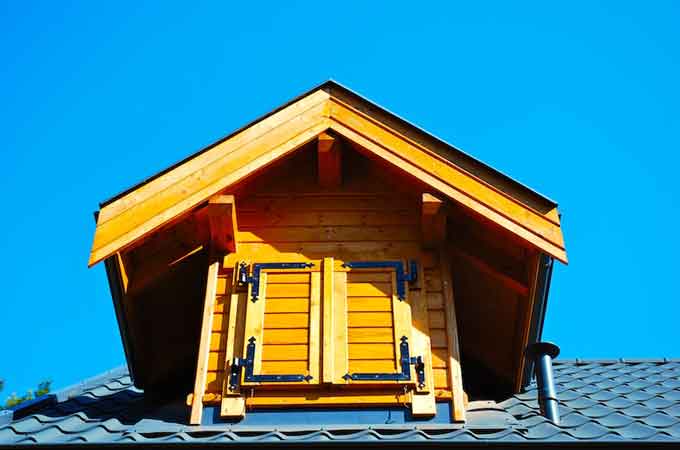
The urban heat island effect is a temperature anomaly that is present on your local weather and news channels. Temperatures in rural portions of your coverage area are slightly lower than those in urban areas. This temperature difference turns cities into “heat islands”, when displayed on a thermograph. According to the Environmental Protection Agency, US cities can reach 10 degrees above surrounding temperatures. Now, Bryan roofing has the ability to help reduce heat gain through new roofing materials, new paintings, and even vegetation growth.
How Heat is Generated
As we all know, heat is generated as a byproduct of light being absorbed into various colors. As cities expand, dark colored pavement and pigmented building colors absorb light, emitting heat. The more light absorbed, the more heat is generated. Albedo is the rate at which objects reflect radiation and most paved surfaces have a low albedo. When the numerous buildings in cities are added together, a net temperature gain is noticed.
Absorbed light is not the only source of heat generation. Other contributing factors such as emissions, travel, air conditioning, and normal electricity usage, all release heat into the surrounding environment.
Color Options Reduce Heat
Heat gain gained be prevented and reduced through color changes to existing structures, material types and coatings, and new roofing systems. Because dark colors absorb more light, a common tactic for urban planners to deploy is white coatings. Building and structures are painted white to reflect more light. The flat roofs of commercial buildings are often seen as white to help reduce heat absorption.
New Roofing Coatings
Many times, homeowners do not white roofs because of aesthetics. New technology in Bryan roofing materials manufacturing has allowed for new roofing coatings. One alternative to white roofs are reflective coatings, which reflects radiation without reflecting light.
Asphalt shingles are especially bad for reflecting light because of their surface structure. The individual granules on asphalt shingles do not have a uniform shape, which means light is not reflected away from the surface evenly. As some light does not reflect away, heat is gained. Now, sealcoats are available to topical application to asphalt roofs, smoothing out the surface and reflecting more light away from the roof.
Help Mother Nature Help You
Green roofs are a new spin on a very old roofing strategy. Green roofs are designed to grow vegetation as the outermost layer to the roofing system. This layer of vegetation provides shade from the sun as well as absorbs the sunlight without transferring heat to the building.
Additionally, depending on the vegetation grown on your roofing structure, you can actually produce food for consumption. Many green roofs have demonstrated the ability to grow tomatoes, lettuce, onions, carrots, and hundreds more. Several studies are currently ongoing to find the amount of food yield for each roofing system.
Schulte Roofing is a Bryan roofing company, serving Bryan, TX for over 18 years. Known as the “Home of the Bulletproof Roof™ Guarantee”, Schulte Roofing provides free tips for your green roof. If you would like to learn more about what types of materials are best for reflecting solar rays and sunlight, contact Schulte Roofing today.
